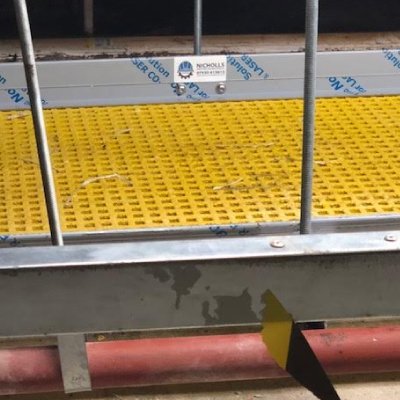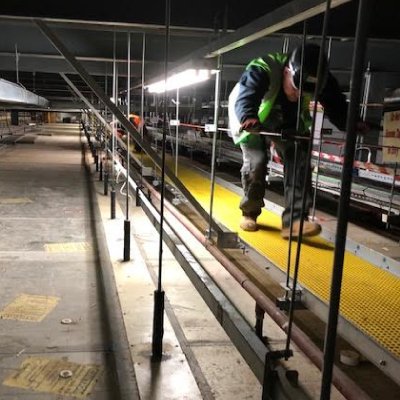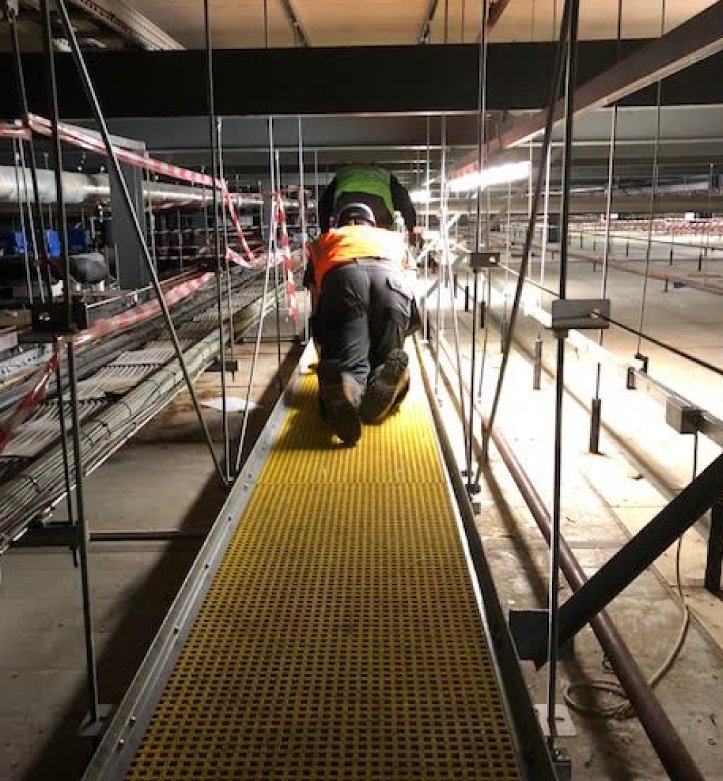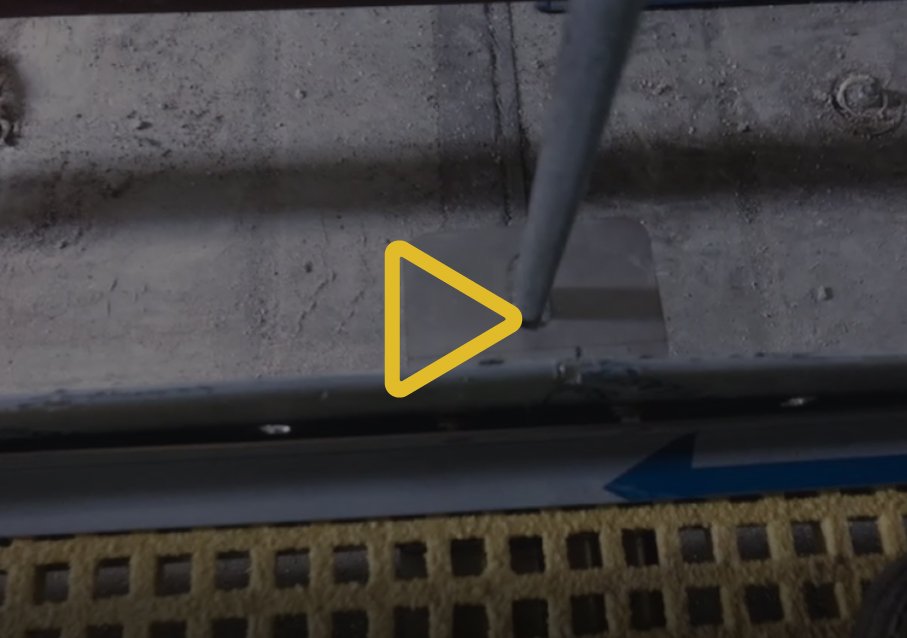No.1 Fragile Surface Walkway Systems
Prevents Injuries
Our walkways are designed to minimise risk and prevent injuries to personnel. Making access within a roof void as safe as possible.
Protects Panel Integrity
Our system is designed to prolong the life span of existing ceiling panel structure from imposed regular foot traffic
Saves Time and Money
Replacing panels can be costly and time consuming. Our walkway system prolongs the life-span of your investment.


About Our Fragile Surface Walkway System
Our Walkway/Crawling board is ideal for establishing clear, safe demarcation around/over a supported panel ceiling systems. It offers a secure demarcated route for service engineers to gain access to plant and controls.
Our patented system offers versatility, allowing it to be supported from a suitable structure above or laid loosely over the ceiling panel structure. It’s designed to distribute weight load effectively, preventing overloading and avoiding delamination.
Once on-site, the Walkway is very simple and quick to assemble. The metalwork is stainless steel to withstand the year-round elements within a roof void, the gritted surface of the Walkway grating provides a permanent non-slip surface.
When is a roof panel considered Fragile?
following issues will determine if the panels are deemed fragile.
Deterioration
Deterioration over time, such as delamination.
Inadequate support
Inadequate support around groups of small and large openings or a grid of penetrations
Water ingress
Water ingress, especially associated to mineral wool panels.
Fragile Lights/Units
A correctly installed panel system with openings/additional supports but containing fragile lights/units
The benefits of our walkway system
Our Walkway/Crawling board is ideal for establishing clear, safe demarcation around/over a supported panel ceiling systems. It offers a secure demarcated route for service engineers to gain access to plant and controls. Once on-site, the Walkway is very simple and quick to assemble. The metalwork is stainless steel to withstand the year-round elements within a roof void, the gritted surface of the Walkway grating provides a permanent non-slip surface. We are Nationwide supplier and installer.
- Modular light weight system available in x4 modules
- Quick and simple to assemble
- Easy to remove a section for access or replacement
- Designed to spread weight loads over delicate fragile roof surfaces
- Flat packed for easy transport
- Non-slip fibreglass grating available in yellow or grey
- Stainless steel metalwork to prolong life span
- The system offers continual protection to the panel’s surface and core from pedestrian under foot traffic


Suspended 100 meter walkway system
The video above shows a recent installation of a 100 metre span of NIBS Fragile Surface Walkway System.
Cost effective roof void walkway system
Easy to install “fixing down and maintenance free”, NIBS walkway will equal the life of most modern supported roofing materials and is a cost effective roof void system for a wide range of high-level applications.
A growing number of large commercial buildings are being constructed without having a thought for safe access and egress, As a result, there is an increasing need to provide regular, safer access for the installation and essential maintenance of machinery and equipment – for example M & E, lifts, heating, ventilation, refrigeration, air-conditioning, fire detectors, telecommunications and other service equipment.
The provision of continuous safe access and egress in and out of roof voids (Insulated envelopes) remains to be an issue, all such buildings should or have a preventive maintenance plan especially for housekeeping and surveillance purposes.
Modular light weight walkway/crawling system that provides a spread of load over the Composite panel surfaces within roof voids (Insulated supported ceiling construction).
A site survey and a roof plan will be required in the first instance.
For more information, give us a call now on 07930 413 615.
Our accreditations

See also...
IOSH – institution of Occupational safety and Health – P402 British Occupational Hygiene society (BOHS) – CPC National road Haulage – Kingspan Tek Building System – 611 00 N – Patent certificate